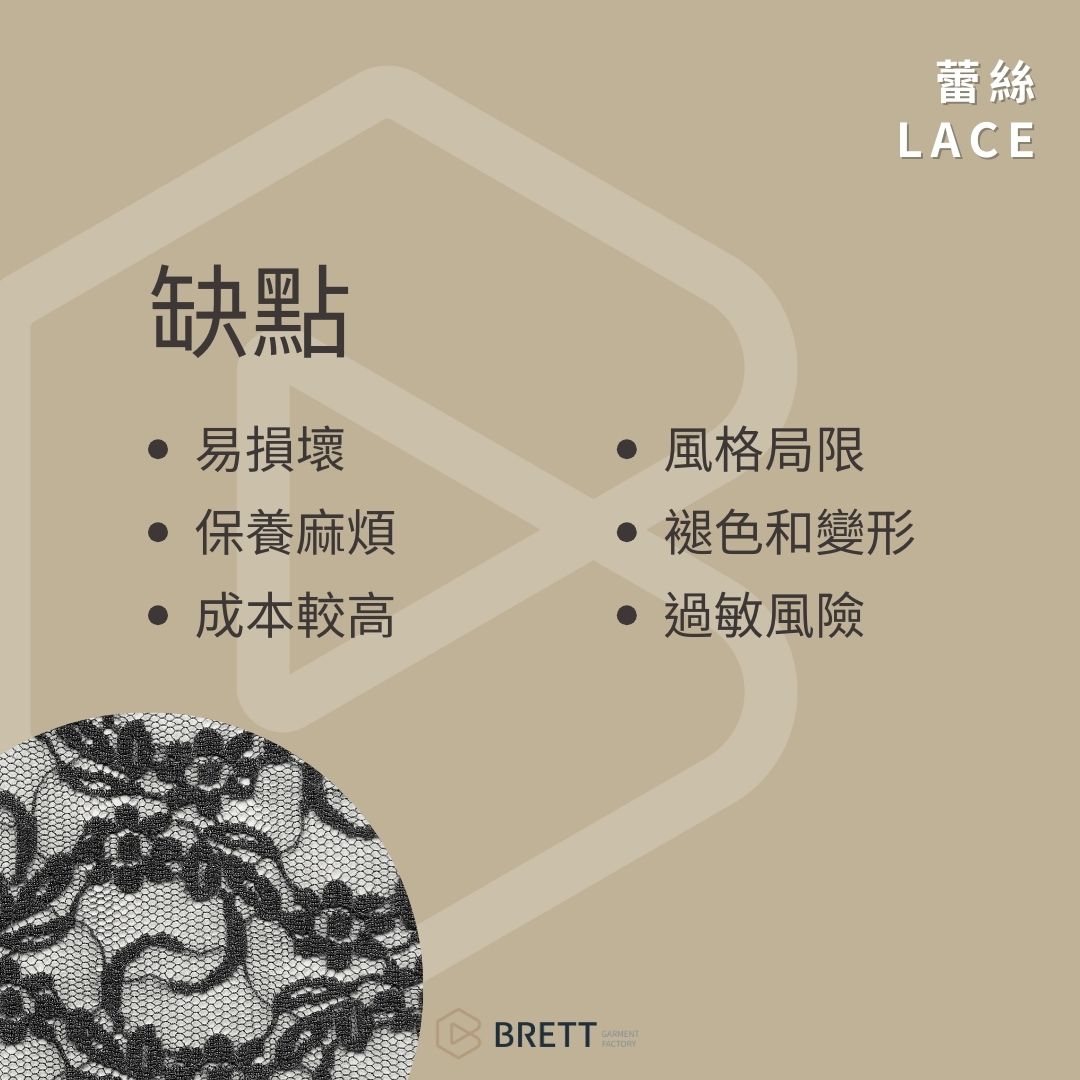




蕾絲的起源可以追溯到16世紀的歐洲,最早的蕾絲製品出現在意大利和比利時。這些早期的蕾絲通常是手工製作的,並且只有富人才能負擔得起。隨著時間的推移,蕾絲工藝傳遍歐洲,並逐漸演變出不同的風格和技術。
蕾絲通常由細線或紗線編織、針織或鉤針製成,經常用作服裝、家居裝飾和手工藝品的裝飾。手工蕾絲的製作過程非常精細,通常需要經歷設計、準備材料、編織和完成等步驟。每一塊手工蕾絲都凝聚了製作者的心血和技巧,具有很高的藝術價值和收藏價值。
The origins of lace can be traced back to 16th-century Europe, with the earliest lace products appearing in Italy and Belgium. These early laces were typically handmade and affordable only for the wealthy. Over time, the craft of lace spread throughout Europe, gradually evolving into different styles and techniques.
Lace is usually made by weaving, knitting, or crocheting fine threads or yarns and is often used as a decoration for clothing, home decor, and handicrafts. The process of making handmade lace is very intricate, typically involving steps such as designing, preparing materials, weaving, and finishing. Each piece of handmade lace embodies the dedication and skill of its maker, possessing high artistic value and collectible worth.

